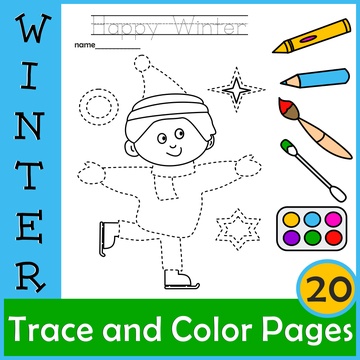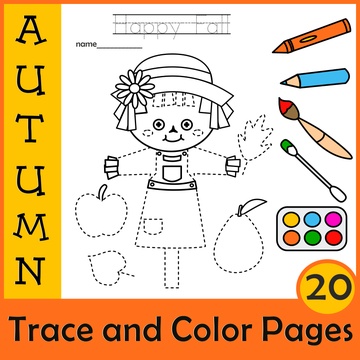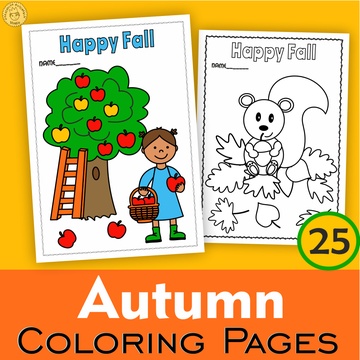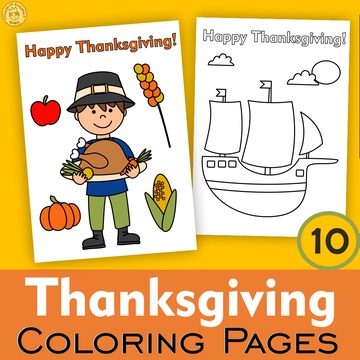Incorporating Picture Tracing Activities into Your Kindergarten Lessons
April 7, 2023

Picture tracing activities can be a great addition to any kindergarten classroom. Not only are they fun and engaging for children, but they also offer a range of developmental benefits. In this article, we will explore some tips and ideas for how to use picture tracing activities in your kindergarten lessons.
- Introduce tracing gradually
For many children, tracing can be a new and challenging activity. It is important to introduce it gradually, starting with simple shapes and lines, and gradually moving on to more complex pictures. This will help to build children's confidence and ensure that they enjoy the activity.
- Use a variety of pictures
To keep children interested and engaged, it is important to use a variety of pictures for tracing activities. This could include animals, letters, numbers, shapes, and more. Consider rotating pictures throughout the week or month to keep the activity fresh and exciting.
- Offer different tracing materials
While pencils are the traditional choice for tracing, consider offering other materials such as crayons, markers, or even finger paints. This can help to keep the activity interesting and engaging, and also offers an opportunity for children to experiment with different art materials.
- Incorporate tracing into other lessons
Tracing activities can be a great way to reinforce learning in other subjects. For example, tracing letters can help children with letter recognition and handwriting skills, while tracing shapes can help with math concepts such as symmetry and geometry.
- Use tracing as a sensory activity
Tracing can also be a great sensory activity for young children. Consider using textured paper or adding different textures to the pictures for children to trace. This can help to engage their senses and make the activity more interactive.
- Offer tracing as a quiet activity
Tracing can be a great quiet activity for children who need a break from more active play. Consider setting up a tracing station in your classroom where children can go to quietly trace pictures during free play or quiet time.
In conclusion, picture tracing activities offer a range of benefits for young children and can be easily incorporated into your kindergarten lessons. By introducing tracing gradually, using a variety of pictures and materials, incorporating tracing into other lessons, and offering tracing as a quiet or sensory activity, you can help to engage children's creativity, promote fine motor skills, and reinforce learning in a fun and engaging way.





